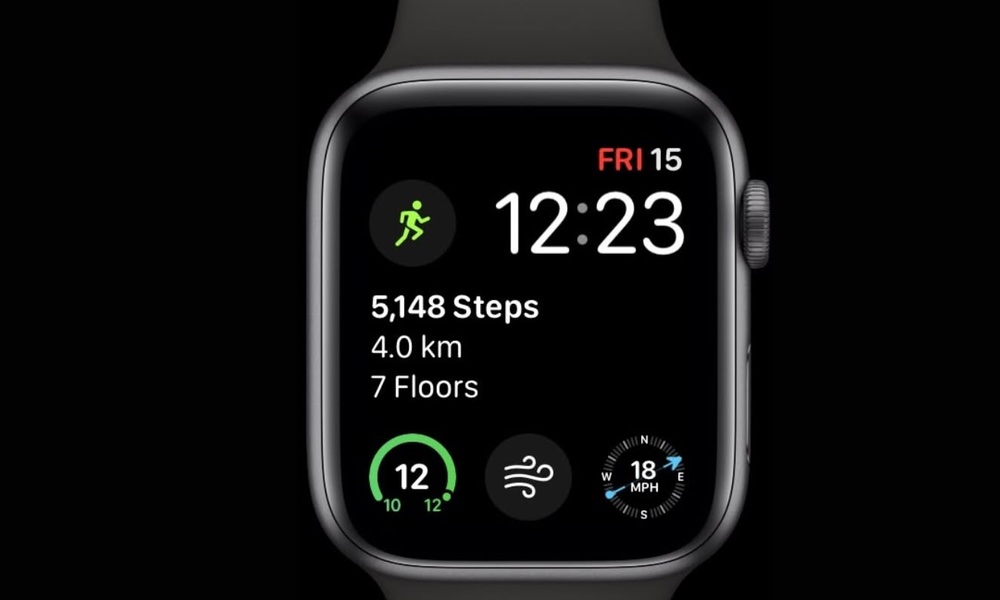Improving the health of adolescents worldwide is the surest route to better health globally, a new study has found. Unfortunately, according to a series in The Lancet, the health status of this age group has not improved as much over the past 50 years as that of children under 10 years of age.
Everyone tends to assume that adolescence is a healthy time of life; and it is, in ways. But it's also a risky time of life, especially worldwide.
Adolescents are more predisposed than adults to what are dubbed 'hot cognitions,' meaning they are more affected than adults by exciting or stressful situations when making decisions.
Because of longer periods of time spent in school, delayed marriage, and a new understanding of how long it takes for the brain to fully mature, the period of adolescence has come to be viewed as extending from age 10 to 24 years of age, not from 13 to 18 or 19 as most assume.
As a group, teens are more frequently exposed to, or participate in, risky behaviors such as alcohol consumption and illegal drug use, and have sex with more casual partners than previous generations. They also face new challenges, such as social media.
In addition, adolescents are more predisposed than adults to what are dubbed "hot cognitions," meaning they are more affected than adults by exciting or stressful situations when making decisions. These hot cognitions may be associated with increased activity in the nucleus accumbens, a reward and pleasure center in the brain.
Researchers Susan Sawyer and George Patton and their colleagues from the Murdoch Children's Research Institute and the University of Melbourne conclude that the lack of focus on adolescent health is a “missing link” if one looks at health concerns and the effect of health behaviors over the course of a person’s life.
Adolescent mortality rates in low- and middle-income countries are generally four times higher when compared to those in high-income countries, according to the authors. Injuries account for roughly 40 percent of deaths in 10- to 24-year-olds, compared with 10 percent of the general population. The researchers believe reducing injuries should be a major target for adolescent health advocacy.
Adolescents represent a sought-after market, particularly for unhealthy consumer goods, such as tobacco products and foods high in sugar, fat, and salt. Although women are four times less likely than men to smoke, this four-to-one ratio drops to roughly two-to-one in teenagers globally. The reason? Girls are aggressively targeted by the tobacco industry worldwide.
The widespread use of social media is one development that Sawyer and Patton feel has both pros and cons. Although social media allows young people to access information and enables them to communicate and effect community change, it also exposes them to new risks such as cyber-bullying and sexting, the act of sending sexually explicit photos or text messages via cell phone.
Even sexual and reproductive health, which has been a focus of adolescent health programs, has remained an area of risk. There are more than 1 million new HIV infections identified every year in the 15- to 24-year old age group, and these cases account for 41% of all new infections in those aged 15 years and older. The authors suggest that even in this traditional area of adolescent health, there has been insufficient attention to health policy.
The authors conclude that, "In view of their dynamic and challenging health profile, the contribution of adolescent health to the global burden of disease, and the important effect of adolescents and their health across the life course, adolescents should be more prominent within future global public health policies and programming."




